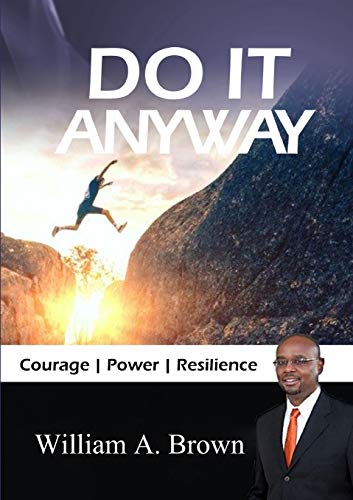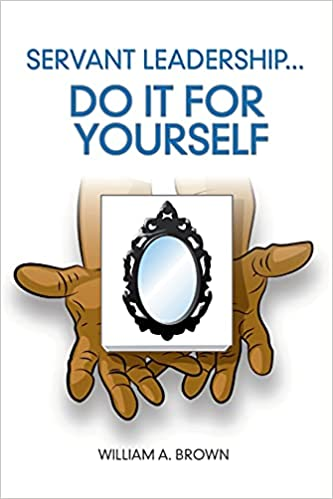Article-Detail

Preschool Bias Influences Everything
In 2016, Yale researchers studying racial bias in the classroom decided to do a two-part experiment. In the first part educators watched black and white children together and in the second part, the educators read vignettes on misbehaving students. In each situation they were asked to identify and rate bad behavior. 135 teachers were shown a video of four children (a black boy and girl, and a white boy and girl) playing and asked them to look for potentially problematic behavior. The catch: there was no challenging behavior in any of the videos. This deception was necessary to identify implicit biases which are subtle and subconscious and affect perceptions of student behavior.
Using eye-tracking technology, the researchers found that teachers, both white and black, spent much more time watching the black children, particularly the black boy. This suggested to Lead Researcher, Walter Gilliam, that implicit biases do not begin with black men, they begin with young black boys and their preschool teachers, if not earlier.” Teacher attention was distributed this way, 42% black boy, 34% white boy, 13% white girl, 10% black girl.
The second part of the study asked teachers to read a vignette about a student misbehaving and rate the severity of the behavior. Some teachers were given the names Jake or Emily, others were given DeShawn or Latoya. In either case the behavior was the same. Some teachers were given background information about a student’s difficult family life which included an overworked mother, siblings, absent father, or other challenges. The additional information was provided to test whether it elicited a more empathetic response from the teacher, which it did when the teacher identified with the student or the story.
This research suggests that when “people watching” or just looking at a group of people interacting, the same biases are at work in all of us. Managers looking out at their team initiates the same bias at work. This expectation of misbehavior is not just limited to the classroom, we all carry this bias everywhere we go. They are also not limited to race; gender (perceived or actual), body type, religion, dress, hair style and more illicit a subconscious judgement that guides our behavior. It is easy to walk into the problem of making people feel targeted without realizing you’re doing it. Making things worse, when the target complains about it, the complaint isn’t taken seriously because the listener has the same subconscious biases. We are all biased, and we are all targets but there is reason to be encouraged. Knowing better means we can do better.
Part of the second phase of the study, the part where teachers were given additional information about students was especially interesting and relevant. When teachers identified with the student’s story, they were much more empathetic when recommending discipline. When teachers didn’t identify with the student or their background, the recommended discipline was extreme. What this tells researchers, and the rest of the world is that when you connect with people, you understand them and are much less harsh in your judgement and behavior.
After reading this research, I thought back to some of the more difficult complaints I’ve dealt with involving harassment or discrimination. Putting the easy ones aside, the ones where the behavior was blatant, and only looking at the cases where the perceived mistreatment was hard to describe or see from the outside. The complainant mostly described “feeling” targeted. These same biases could have been at work. If you asked the teachers before this study if they thought of themselves as biased or if they had biased expectations of kids of color, they might have been offended by that question. Biased bosses and managers likely feel the same way because their behavior isn’t driven by something they consciously think about. The impact is the same.
My challenge to myself is to consciously think about it. How do we treat people we consider ‘different’? Do we make an effort to connect with an empathetic ear? This and a ton of other research says that when you identify with someone and make them part of your group, they will identify with you. This leads to supporting each other, less conflict, and higher performance at work. Just like those preschool kids in the study, people at work want to enjoy their time with one another. Be conscious about your biases, and remember you are everyone’s leader. They all depend on you to be above it. It will take work but it is worth the effort, and your team will SOAR!
William A. Brown
April 26, 2020




